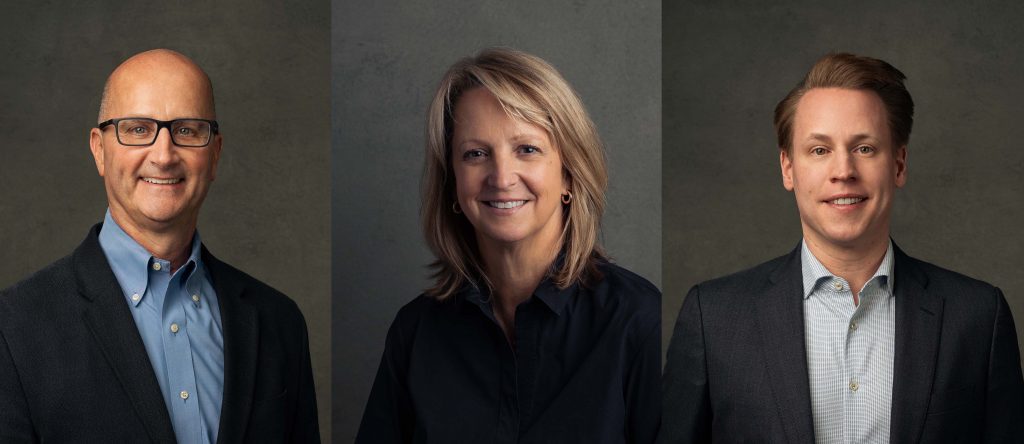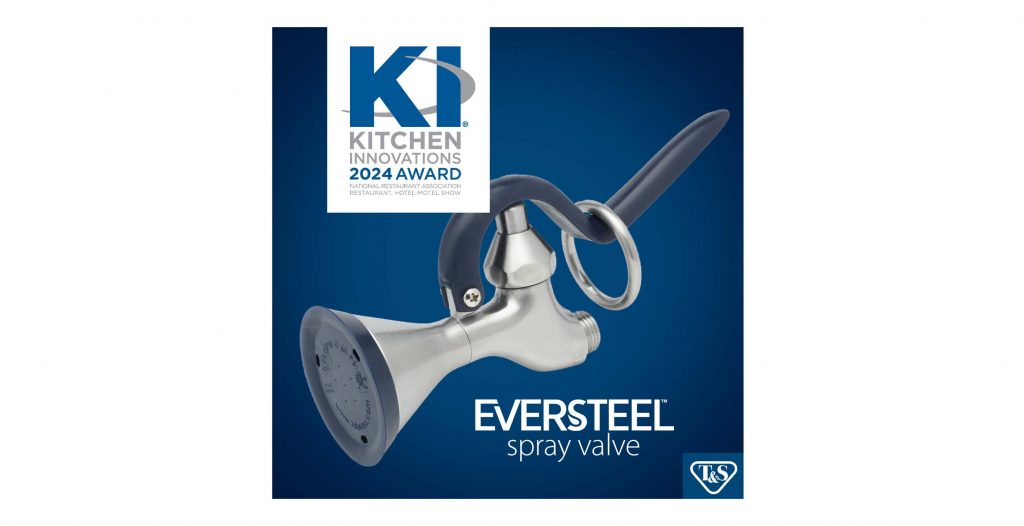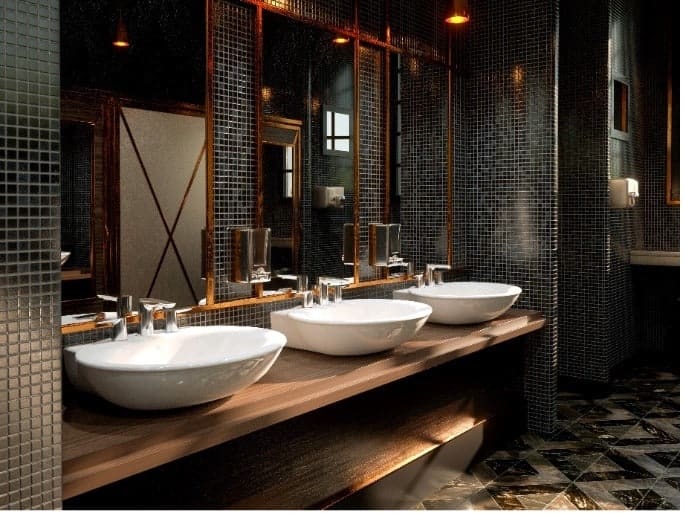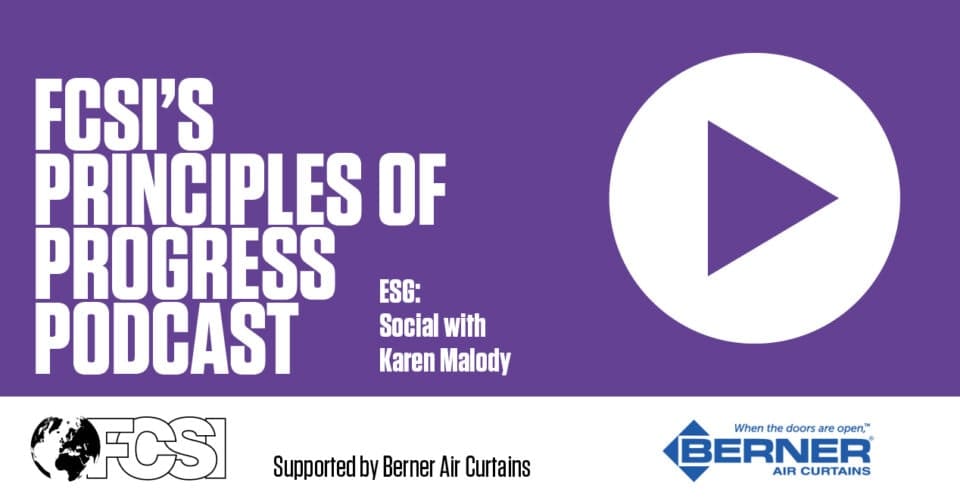
Once the visitors are through the door a museum would like them to stay for a coffee or lunch, but how is it possible to cater to such a broad group of customers?
“When we are developing concepts for museums, we first look at the brand values of the institution to create concepts that ‘speak to’ those brand values,” says Fiona Boyd-Thorpe FCSI, director of UK-based Boyd-Thorpe Associates. “We identify the characteristics of the visitor to ensure that we create a catering offer that meets their needs. We consider the dwell time on site and the visitor journey around the museum to anticipate visitors’ food and beverage needs at different points in their visit.”
For museums to attract visitors to foodservice outlets, it’s vital they offer
a high standard of service and an experience. “With the wide choice of catering outlets on the high street now, museums that don’t offer a high standard of service will struggle to compete unless they are in a remote location with little or no competition,” explains Boyd-Thorpe. “As on the high street, visitors to museums are seeking an experience from their visit to the café, not simply sustenance. The successful museum cafés embody the brand values of the museum through the service style, décor and ambience so a visit to the café forms an integral part of the visit.”
Museum catering tends to reflect the trends on the high street. As a result, museums have moved away from formal table service restaurants and cafés, which were prevalent in the early 2000s. “We are seeing more casual dining concepts where visitors can just as easily have coffee and cake as a full meal at any time of day. Fewer venues are developing self-service cafeteria-style services now, although for some museums this will remain the preferred style as it suits their visitor profile,” says Boyd-Thorpe.
“The three main commercial activities are catering, events and retail, although some museums benefit from publishing and licensing. As a result, contract caterers are under pressure to deliver higher revenues from catering. This is a trend that’s not going away.”
Off the street
Dr Harmut Meyer, Björn Grimm FCSI and their team at Grimm Consulting in Germany have found that museum visitors don’t always go into restaurants. “It can be as low as 10-15% of museum visitors, so this means we have to bring in customers from outside to make the restaurant profitable,” says Meyer. “We work with both the museum’s board of directors and the contract caterer. A museum has more of a cultural focus whereas a caterer’s priority is economic to cover the rental and costs.”
At the Freilichtmuseum am Kiekeberg (Open Air Museum) in Lower Saxony, which depicts life from 1600 to 1950, Grimm Consulting advised on changing the restaurant concept so it could become more profitable. An important part of this was opening up the restaurant, Stoof Mudders Kroog, to external customers and building up group business.
“We recommended an additional entrance for the restaurant that non-museum customers could use,” he says. “We also promoted the restaurant as a ‘destination’ for people celebrating special occasions. This created an additional revenue stream. Before, the restaurant only catered for museum visitors and most of them only wanted a coffee and a doughnut.”
This is a strategy adopted by Madrid’s renowned Reina Sofia Museum of Modern Art where Spanish restaurant Arzábal has operated since it was invited to tender for the contract almost three years ago. Restaurateurs Iván Morales and Álvaro Castellanos opened their second branch in 2015 and welcome museum visitors as well as diners off the street. The opening represented a step change for the pair whose first branch opened in a space measuring just 60 sq m – the Reina Sofia space is 1,700 sq m, split across a garden and inside dining rooms.
From an operating point of view Morales says they had to get used to dealing with a bigger setup and having many more decision-makers involved. “This is a national museum and things take much longer,” he says. Considerations such as health and safety, signage and security are different when dealing with a footfall of the museum’s scale.
With the initial additional administrative burden overcome, they were free to focus on writing a menu. Arzábal is a totally Spanish proposition with carefully sourced products – what Morales calls “Brand Spain”.
The heritage and tradition makes it a natural foodservice fit for a dining demographic made up of many tourists visiting from overseas. It does require a bit more explanation on the menu as some items are unfamiliar. “There might be some ingredient they don’t know, but once they understand the concept they are happy because we open a new gastronomic world to them,” says Morales.
Unique challenges
Ingo Wessel, who creates food and beverage outlets for museums in Germany, says finalising projects in museums can take time. “The process can be lengthy as museums are usually state owned; a planning authority may be involved or the Mayor or local MP may have their own ideas. I act as mediator – I bind them together and come up with a concept.”
“Contract caterers are under pressure to deliver higher revenues from catering. This is a trend that’s not going away”
Among the projects he has worked on is the Grimmwelt museum, Kassel depicting the lives of the Brothers Grimm, where he was involved in the design of brand new restaurant Falada. He says other projects have presented challenges due to the age of the building or practical limitations. At the Haus De Kunst, Munich, a world-leading centre for contemporary art, Wessel worked on the design, refurbishment and development of the Goldene Bar. “It’s a listed building so we couldn’t change the floor or entrance. There was only 21 sq m for the kitchen so we put one oven on the ground, then another appliance on top as the room has a six-metre-high ceiling. Staff use a ladder to access the upper unit,” he says.
One of the challenges with museum catering is coping with fluctuating numbers. For example, there will be 10 times more people on a Sunday than a Tuesday. The answer, according to Wessel, is to have two rooms – one small room for everyday service for small numbers with a few staff and a second room with a veranda bar and self-service counters inside to deal with the Sunday rush. “This is a better solution than just one big room as one room can be shut,” he adds.
Packages combining the museum’s exhibitions and the restaurant are emerging and help to bring customers into the restaurant. For example, at The Cube restaurant at Hamburger Kunstalle, Hamburg, there’s an art and dine package where visitors are guided through the museum and enjoy three or four courses. Wessel says: “They have the first course in the restaurant, then are guided round a part of the exhibition; then the second course and so on,” he says.
“Conferences, private parties, business events, school classes – demand for these events is growing. To make the operation successful, there must be close collaboration between the contract caterer and the museum management.”
At Arzábal in Madrid the museum and the restaurant have collaborated to great effect. The museum directors often host politicians, diplomats and celebrities at exhibition launches and like to bring them to Arzábal to eat afterwards.
Impressive venues
“I think they are proud of having this gastronomic offer and they see us as an integral part of the museum,” says Morales. But the restaurateurs have also benefited from this unique location. Recently they wrote a menu around a temporary Picasso exhibition, which combined the visit with a tasting menu inspired by the artist’s life. And while they are not able to use the actual exhibition rooms they are able to use some of the museum’s impressive hallways to host dinners. “You put a table there, add a nice cloth and a candle and you have a special setting,” he says.
In the UK the future of museum catering is problematic with contract caterers under increased pressure. Boyd-Thorpe explains: “Museums have less access to capital funding, so contract caterers operating in this sector are more frequently being asked to provide investment to carry out refurbishments to catering facilities. With access to capital funding likely to remain a challenge, museums will continue to rely on caterers to invest in facilities, but with the cost of providing services increasing year on year, it will become more difficult for caterers to make a profit. Furthermore, there’s pressure on the market. There’s been a consolidation of caterers in this sector so the pool of operators is narrowing. It’s difficult to attract new entrepreneurs because of the high capital investment required.
“We’re on the cusp of change,” she says. “Museums need to realise that to attract caterers to run their restaurants in the future, they may have to look at different terms and conditions.”
Jackie Mitchell
The manufacturer’s perspective of foodservice in museums and galleries
Warewashing specialist Meiko UK have installed equipment at Tate Modern, Tate Britain, The British Museum and The Natural History Museum. PAUL ANDERSON, managing director, Meiko UK, discusses the main challenges for manufacturers when installing equipment in museums and galleries.
“With most museums the consideration of the buildings and layout makes the best type of equipment suitable a fundamental requirement. You must consider if the buildings have listed status? Are the services of a suitable standard when upgrading? Is there a limit to the services? Is there adequate air supply and is the fundamental design limited by the architecture of the layout? In addition, route of access and additional works required could limit the models that could be installed.
“In reality there are always challenges with any type of project, but if measured and calculated correctly then, alongside a dedicated project team, these are minimised for a smooth process and design. Many projects of this nature are consultant-led. This offers structure and clarity for the end-user. We then work alongside them to give our knowledge, which can be included as a consideration for the system as a whole.
“Meiko are suited to these kinds of operation because we are able to provide not just a warewashing machine but the addition of ancillary warewash systems, which offer a true turnkey solution. Whether it be sorting stations through to conveyors and lift systems or even solutions for removing the waste in an environmental and ecological manner. This is where we can create a difference.
“The type of machine we recommend to a museum or gallery operator depends on the size of operation, how the item will be cleaned and the staff available to operate the area. Rack and flight warewashers can offer the same result; it’s just based upon capacity within a given timescale to achieve the wash required. Of course there are also differences in dimensions, so sometimes the systems are based upon layout and ergonomic factors as well.”




